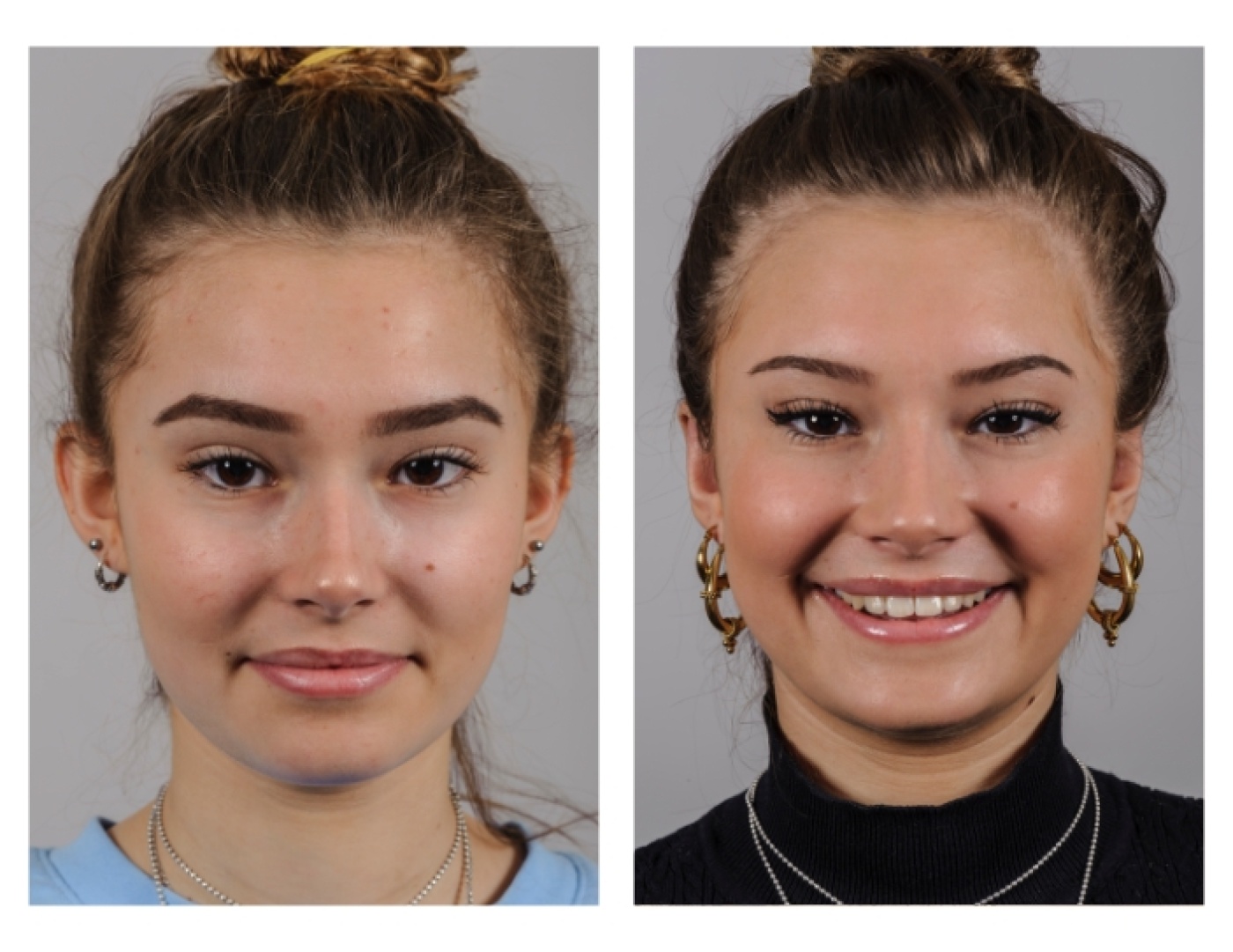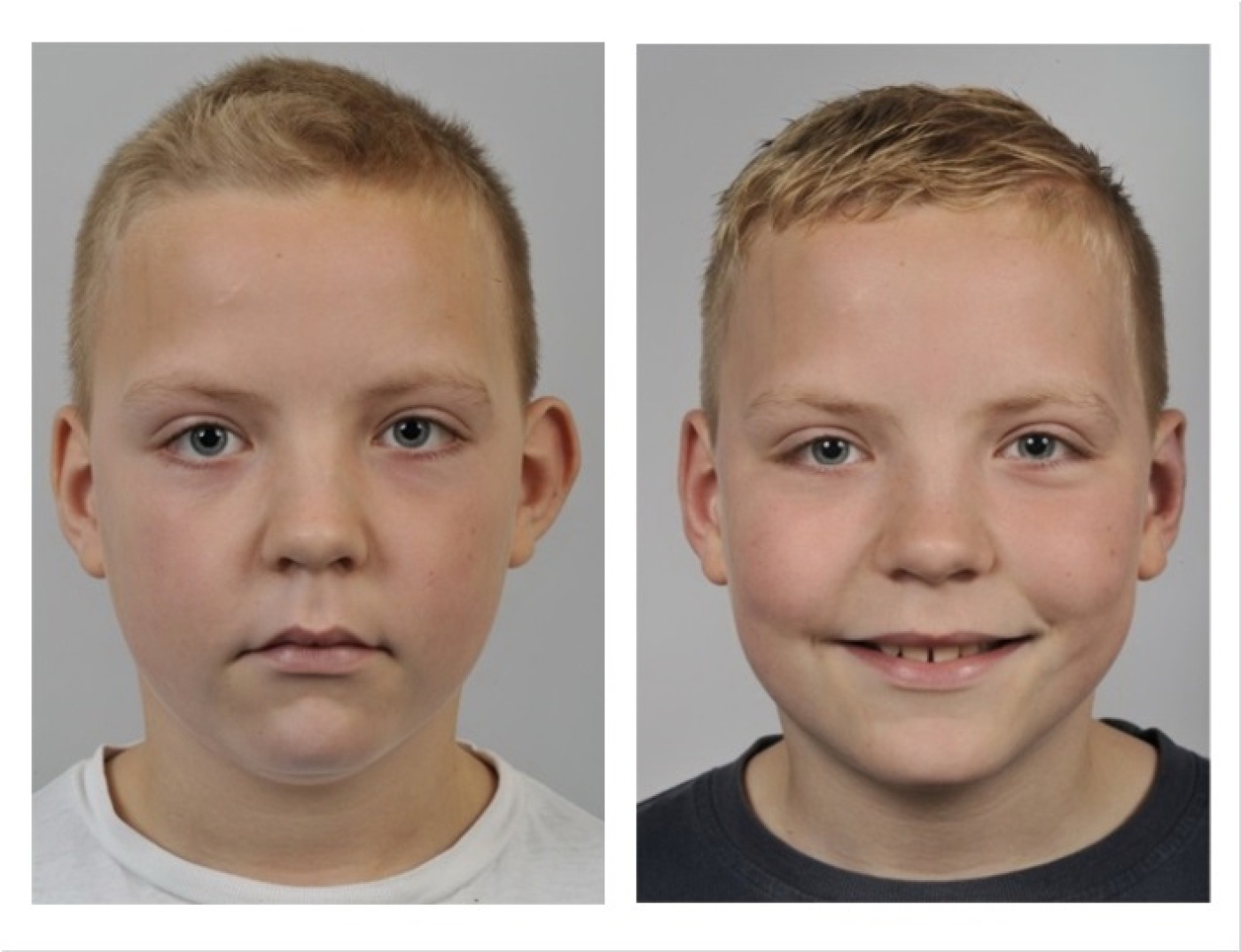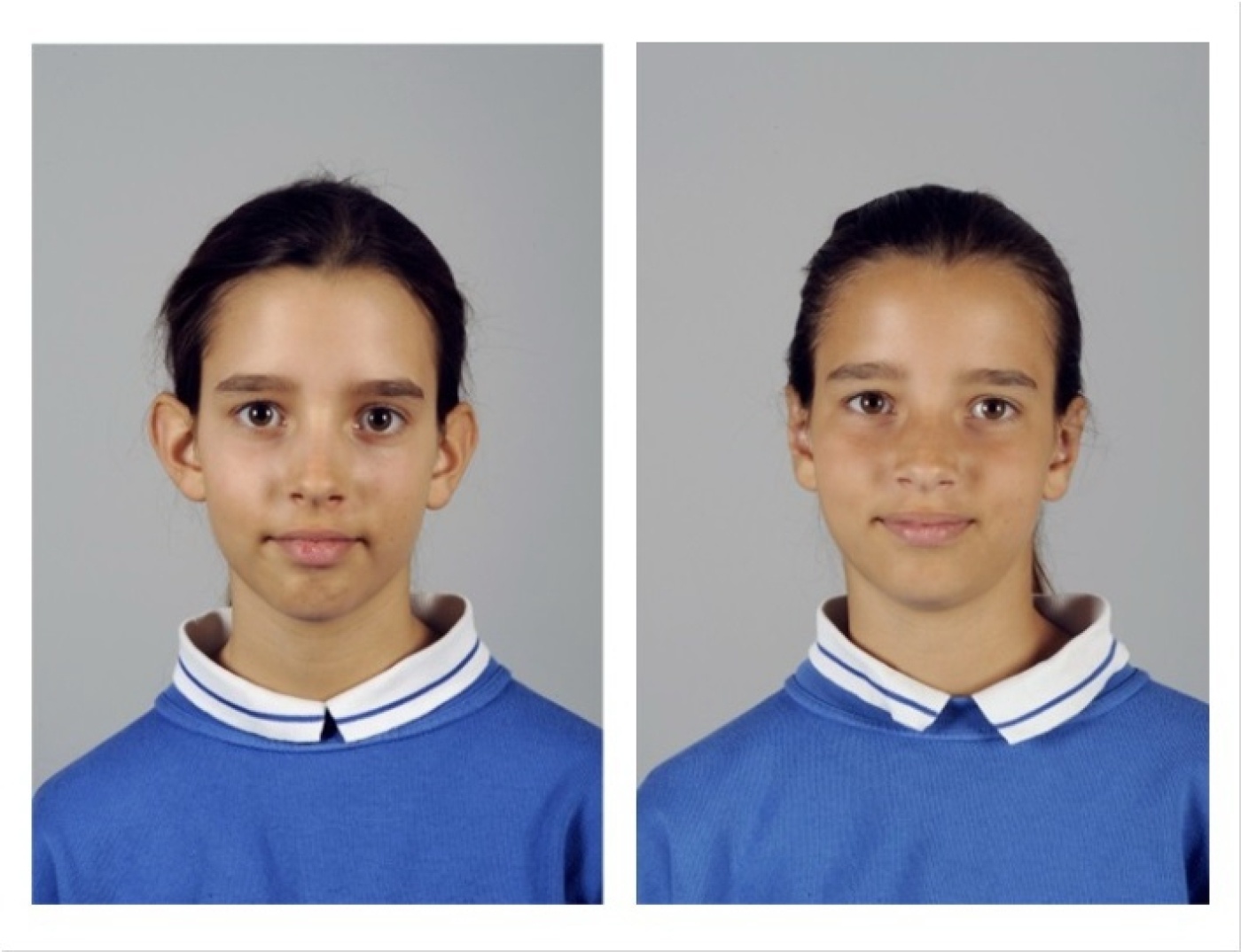1. What is (protruding) ear correction surgery (otoplasty)?
Ear correction surgery corrects and adjusts the position, size and shape of the ears. During the procedure, the shape of the ear’s cartilage is changed. Ear lobes can also be corrected if they are too large, protruding or torn.
2. What are the treatment options?
Correction of protruding ears
Protruding ears are congenital and are usually caused by the insufficient depth or absence of the fold in the cartilage. In some cases, the ear’s conchal bowl is too deep. In those cases, the ear has a regular shape but protrudes in its entirety. The surgical technique can be adjusted to the cause of the abnormal shape.
Ear lobe correction (recovery, position adjustment or reduction)
The ear lobe correction addresses a torn or oversized ear lobe. In both cases, a wedge-shaped piece is removed from the ear lobe, also removing the (torn) pierced hole. New holes can be pierced after about six weeks.
Sometimes, the ear lobe is protruding forward and outward. This is caused by an extension of the ear’s cartilage rim. The correction shortens this extension, returning the protruding ear lobe to its normal position. This procedure uses the same scar and is often performed at the same time as the ear correction.
3. Who is this treatment suitable for?
We do not treat children in the clinic; the age limit is 18. Adults are also increasingly opting for ear correction surgery. The position of the ears partly determines a person’s appearance and can significantly affect someone’s self-confidence. Therefore, an ear correction can still be a rewarding intervention at a later age.
4. The ear correction treatment
Consult
During the consultation, we will discuss your wishes. I assess the shape of the ear and choose the most appropriate surgical technique. Photos are taken and my consultant, who is also present at the meeting, gives further information about the planning and logistics in the clinic.
Surgery
An ear correction can be done perfectly well under local anaesthesia. An addition to the local anaesthetic fluid reduces any discomfort from the needle punctures. (Conscious) sedation is an option. If both ears are operated on, the procedure takes an hour; if only one ear is operated on, it takes approximately 45 minutes.
After the anaesthesia has taken effect, an incision is made in the skin on the back of the ear at the level of the ear's edge. After loosening the skin, the skin fold is created in the cartilage; any excess cartilage is removed, including from the protruding ear lobe if necessary, to improve the shape of the ear. This will make the ear a little smaller. If the ear's conchal bowl is too deep, cartilage is removed, bringing the entire ear closer to the head. Removing any skin is unnecessary; the skin adapts to the new shape. The wound is stitched with soluble sutures.
After the surgery
You can remove the dressing yourself after 2 days, just like the oily gauze around the ears. After removing the bandage, you can shower and wash your hair with shampoo. The sutures are soluble and disappear by themselves. You must wear a headband that is not too tight over the top of the ears for two weeks. In the first week, you wear the headband day and night; in the second week, you wear it only at night.
I strongly advise you not to play any contact sports where the ears can be touched. The scars behind the ears may take a few months to settle completely. After the operation, your ears may react more intensely to temperature changes. In the first year, the ears are more painful when it is cold. A warm hat usually offers relief. Another side effect of the recovery process is that the blood flow of the ears will be increased for quite some time, allowing them to become red more quickly. All these symptoms are perfectly normal and disappear with time. Also, take into account any critical, well-intentioned comments from your environment. I want to prepare you for this with tips and advice to help you recover in peace.
The skin fold (left) is virtually absent before the operation and can be seen clearly after the operation (right).
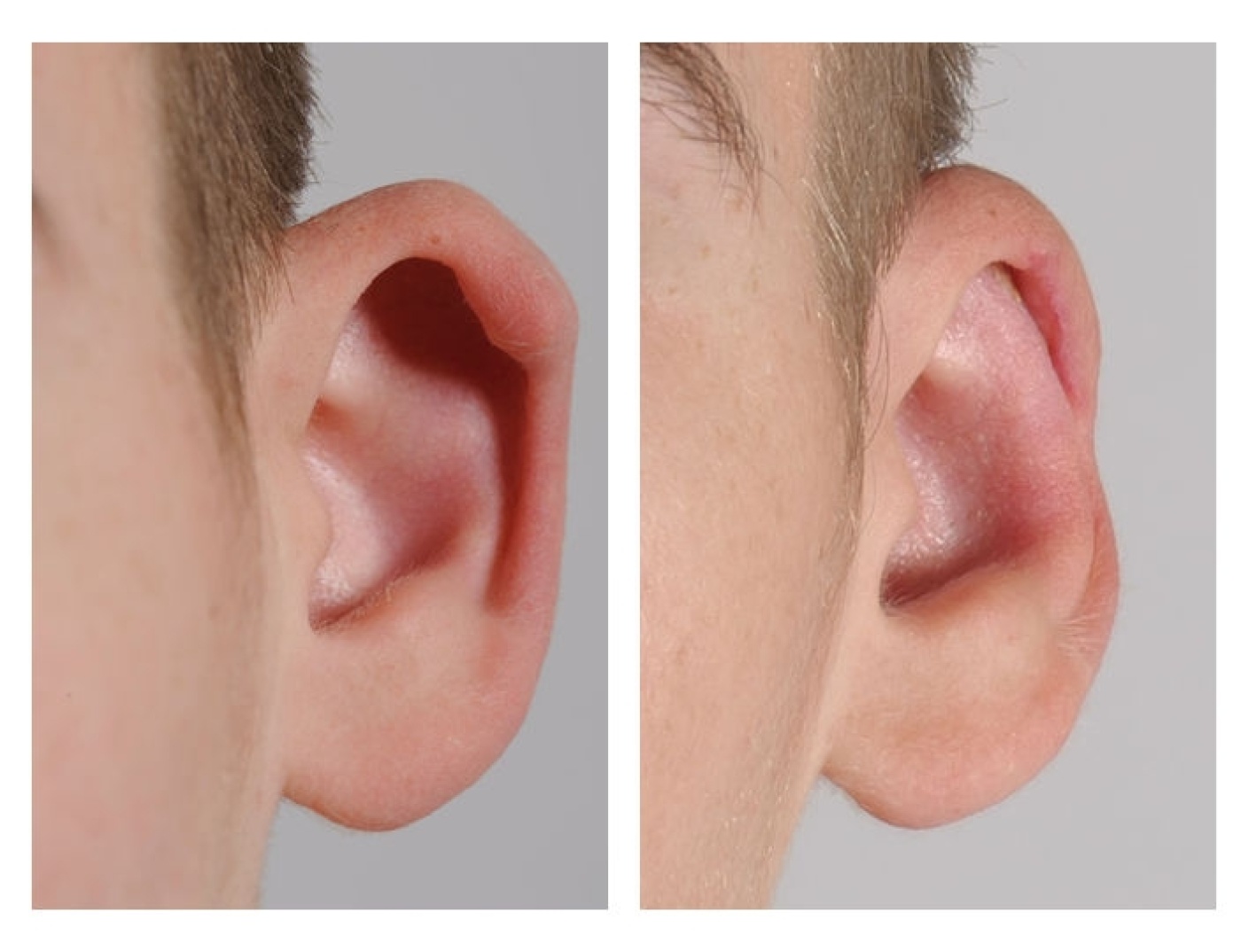
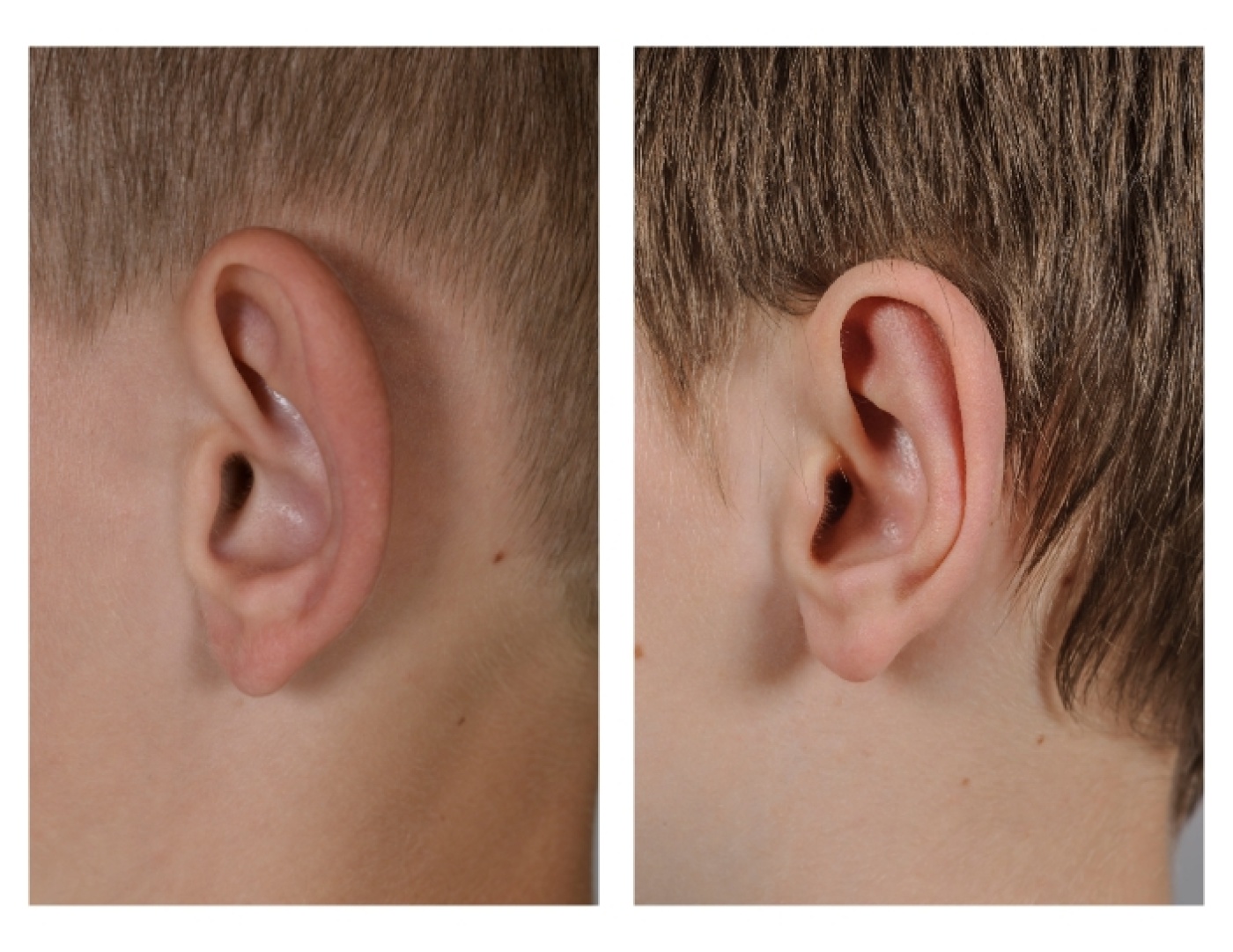
5. What complications may occur after ear correction surgery?
There may be some bruising. This usually clears up spontaneously. Sometimes, the patient needs another procedure to close a blood vessel. An infection is rare, and it causes painful, warm and swollen ears. This may occur in the first week after the procedure and is treated with antibiotics. In exceptional cases, a scar does not heal properly and thickens. This causes something called a keloid and may require corticosteroid injections. The risk is minimal because I do not remove any skin during the procedure, and it does not tighten up.

